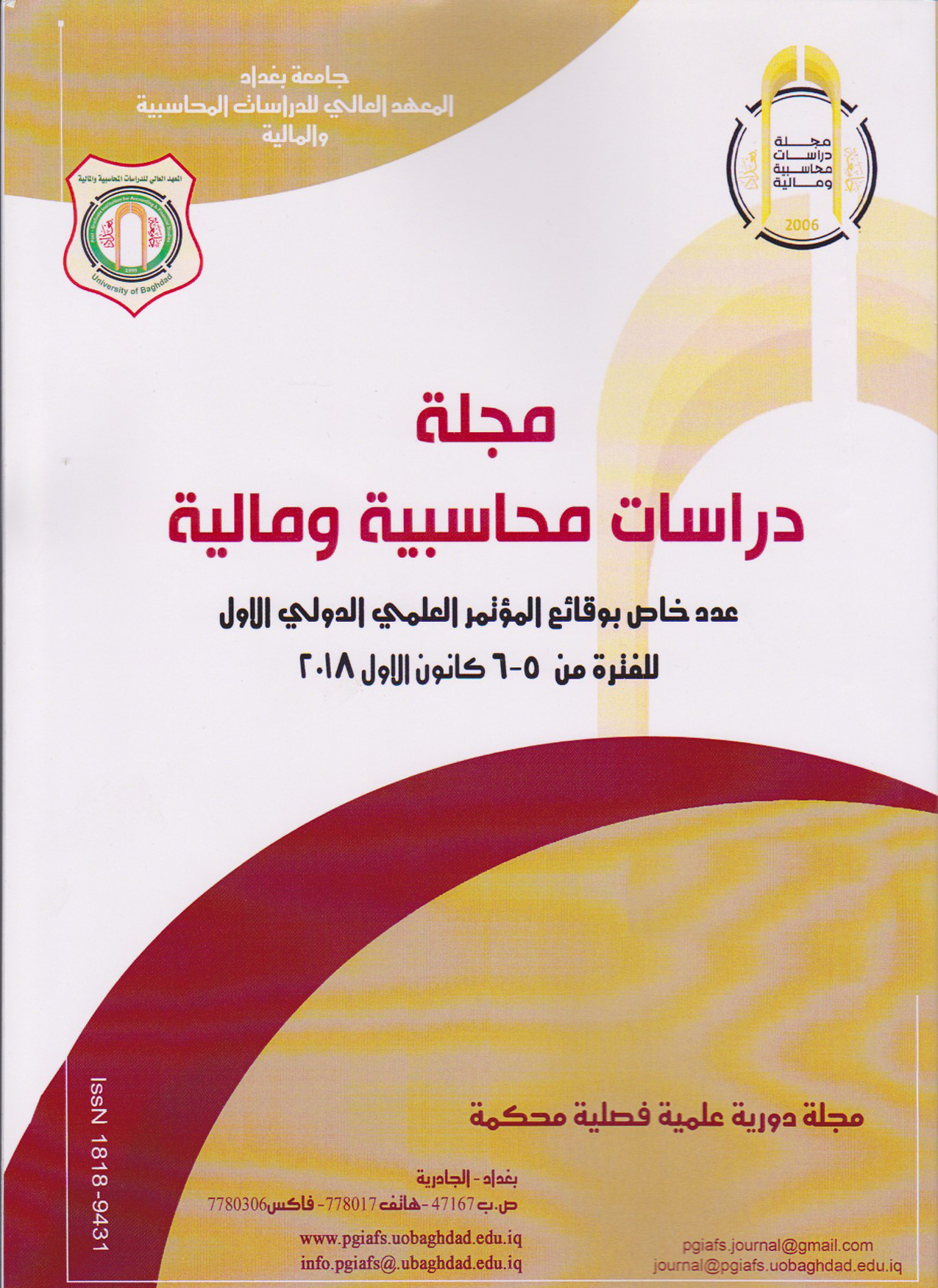Integration of internal audit and external audit and its impact on combating money laundering
Abstract
Financial institutions, including banks, remain a major target for money launderers in order to transfer illegal funds to legitimate funds through limited internal audit procedures and external auditing.
The study is a study of the operations of money laundering and what can be done by the verification efforts when integrated in the fight against them, by analyzing the level of cooperative relationship and communication between them. To achieve the objectives of the study, a questionnaire prepared for this purpose was distributed to an appropriate sample of (60) auditors of the internal audit staff of the Central Bank of Iraq and the external auditors working in the Federal control foundation Accordingly , appropriate methods were used to collect and analyze the data. The study concluded that the level of cooperative relationship and communication between the internal auditor and the external auditor in combating money laundering operations was not as required and as required by international auditing standards. The study came out with a set of recommendations, the most important of which was the necessity of ensuring cooperation and coordination between internal auditing and external auditing in combating money laundering
Downloads
Published
Issue
Section
License
The copyright is transferred to the journal when the researcher is notified of the acceptance of his research submitted for publication in the journal.



